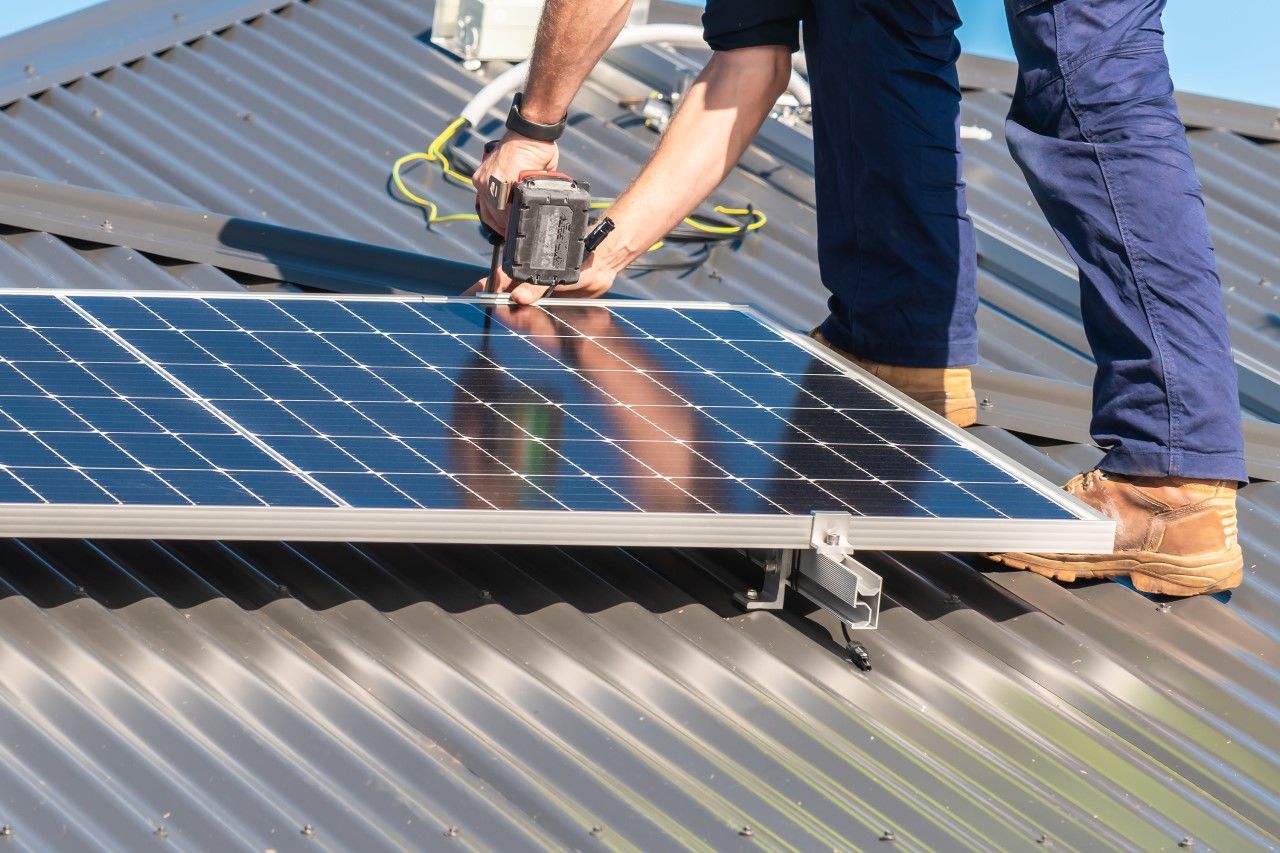When’s the best time to install rooftop solar?
Prices for solar panels were supposed to fall but went up. Should we wait for them to come down again?

In 2020, as the pandemic began to interrupt manufacturing and supply chains, the cost per watt of solar energy increased for the first time in decades.
Now, it appears the long downwards trend in solar-energy prices is set to resume, with the wholesale price of solar panels tipped to fall by as much as 10 per cent per year for the next decade.
But ABC Science advises that, if you are ready to go solar, you probably won’t save money by waiting.
According to Solar Choice, a price-comparison site, the cost of installing a solar system in Australia began to rise in late 2021.
A standard 6.6-kilowatt system that had cost a little over $5,000 in 2021 cost an extra $1,000 a year later.
Why? Australia imports almost all its solar panels from China, where manufacture hinges on the availability of polycrystalline silicon (polysilcon), which is used to make solar cells.
From July 2020 to July 2022, the price of solar-grade polysilicon in China increased, due to factors including floods, heatwaves and industrial accidents, from $US7 (about $A10.62 at today's exchange rate) per kilogram to $US39 ($A59.19 ) per kg.
The price then fell in six months to $US21 ($A31.87) per kg. It has rebounded in the first months of 2023, but experts expect the long-term trend being downwards as plants get back online.
Tim Buckley, director of the Climate Energy Finance think tank, is optimistic, telling the ABC he is forecasting “10 per cent annual module price reductions over the next decade”.
He bases this on the high number of solar panel factories being built in China.
Ronald Brakels, an analyst at Solar Quotes, another price-comparison site, told the ABC that the "factory gate" price of solar panels made in China will eventually halve.
Chris Williams, CEO of Natural Solar, a large solar installation company, was also bullish, saying the cost of panels could drop 10 to 12 per cent this year, and about 3 to 5 per cent per year in future.
While solar panels are getting cheaper, the price of putting solar into Australian households may rise – because installation is reliant on other factors, including the exchange rate of the Australian dollar, costs of shipping and labour, and the value of government rebates.
While solar module prices may drop by 10 per cent, installation prices may only change by 2-3 per cent.
Jeff Sykes, CEO of Solar Choice, told the ABC that the price may even go up.
“The cost of labour makes up 20-25 per cent of the cost of a solar system — and the cost of labour is increasing,” he said.
The federal government solar rebate is also dropping by a 15th (6.66 per cent) every year until it reaches zero in 2031.
Rami Fedda, co-founder of solar-panel distributor Solar Juice, told the ABC prices had “hit the bottom”, while Ronald Brakels from Solar Quotes said prices would fall, but not by much.
In January, the Chinese government said it was considering banning the export of technology used to make solar panels to help it maintain its dominance in the sector.
This could slow down the supply chain and drive prices up—at a time demand for solar is soaring in Europe, where the energy crisis fuelled by the war in Ukraine is hitting hard.
If energy prices also continue to rise in Australia, demand will escalate here, too.
Given all that, the best advice might be that, if you want to install solar, don’t wait for the prices to go down because that may never happen.
For further reading: ABC News








